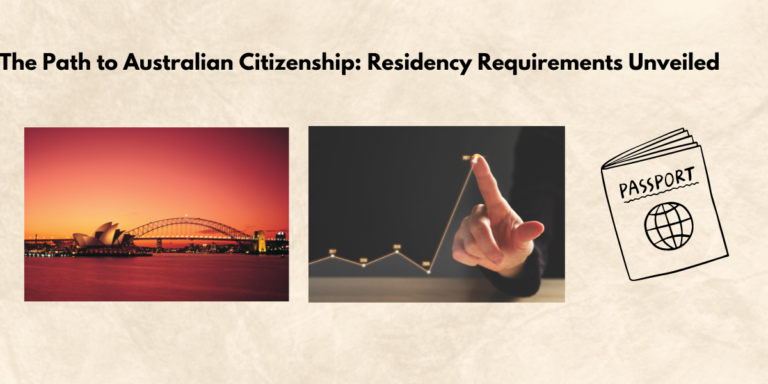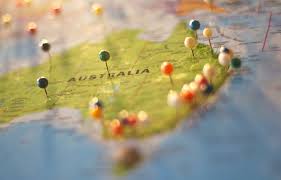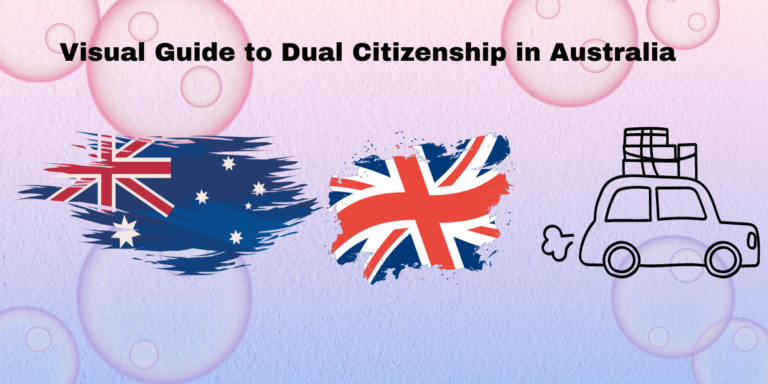The history of Australia’s citizenship process
Australia, known for its stunning landscapes, diverse wildlife, and vibrant culture, is a nation that many people from around the world aspire to call home. The pathway to becoming an Australian citizen is one of significance, not only to the individuals who undertake it but also as a reflection of the nation’s evolving identity and values. In this article, we will delve into the history of Australia’s citizenship process, examining how it has transformed over the years.
The Evolution of Australian Citizenship

The Early Years: Before Citizenship was Defined
Historically, before Australian citizenship was formally established, individuals living in Australia were considered British subjects. This status was a result of Australia’s origins as a collection of British colonies. The concept of an Australian national identity was still in its infancy, and there was no distinct legal status for Australian nationals separate from British citizenship.
The Birth of Australian Citizenship
It wasn’t until the Nationality and Citizenship Act 1948 that Australian citizenship was officially created. This landmark legislation came into effect on January 26, 1949, marking a significant step in the nation’s journey towards self-determination and identity. From this point onwards, individuals could legally call themselves Australian citizens, a status that was separate and distinct from being a British subject.
Migration and the Post-War Boom
In the post-World War II era, Australia experienced a population boom, largely driven by an ambitious immigration program. The government encouraged migration from Europe, particularly from war-torn regions, under the slogan “Populate or Perish”. This led to a more diverse population, which in turn influenced the evolution of the citizenship process and the broader Australian society.
The Citizenship Application Journey
The Original Process
The original process of becoming an Australian citizen was relatively straightforward, especially for British subjects. It typically involved a declaration of intention to reside in Australia, an application form, and a ceremony where the new citizen took an oath of allegiance to Australia and its laws.
Changes and Reforms
Over time, as Australia’s demographics and international standing changed, so too did the requirements and procedures for obtaining citizenship. Language tests were introduced, and residency requirements were adjusted. The focus shifted towards ensuring new citizens had a sufficient understanding of the English language and Australian values.
Current Criteria and Process
Today, the process of becoming an Australian citizen is more structured and involves several steps, including passing a citizenship test that assesses the applicant’s knowledge of Australian society, history, and values. Applicants must also demonstrate a basic level of English and have lived in Australia for a specific period as permanent residents.
Challenges and Controversies
Legal and Social Hurdles
Throughout its history, the citizenship process in Australia has faced challenges, including legal amendments and societal debates regarding immigration and national identity. Controversial policies, such as the White Australia Policy, which was in place until the 1970s, reflected and reinforced racial exclusion within the citizenship framework.
Modern-Day Debates
In recent years, debates have emerged regarding the difficulty of the citizenship test, the treatment of refugees and asylum seekers, and the government’s power to revoke citizenship on national security grounds. These discussions continue to shape public opinion and policy on what it means to become an Australian citizen.
The Role of Citizenship in Australian Society
A Sense of Belonging
Australian citizenship represents more than just legal status. It provides individuals with a sense of belonging and acceptance into the Australian community. It is a symbol of unity within the country’s diverse population and a commitment to uphold the democratic values and responsibilities that come with being an Australian.
Citizenship Ceremonies
Citizenship ceremonies are an important part of the process, serving as a public affirmation of new citizens’ commitment to Australia. These ceremonies are often held on significant national days, such as Australia Day and Harmony Day, reinforcing the inclusive nature of Australian society.
The Future of Citizenship in Australia
As Australia continues to grow and change, so too will its citizenship process. The nation’s approach to citizenship is likely to evolve in response to global trends, technological advancements, and the ongoing discourse on identity and belonging.
Technological Advancements
Technology is likely to play an increasing role in the citizenship process, from online applications to virtual ceremonies. This could make the process more accessible and efficient for applicants, while also presenting new challenges in terms of security and integrity.
Policy Adjustments
Policymakers will continue to assess and adjust citizenship requirements to reflect the nation’s needs and values. Balancing the desire to welcome new citizens with the need to maintain national security and social cohesion will be an ongoing task for the Australian government.
Conclusion
The history of Australia’s citizenship process is a reflection of the nation’s growth and changing identity. From its origins as a set of British colonies to its current status as a diverse and dynamic nation, Australia’s approach to citizenship has continually adapted. Looking to the future, Australia will no doubt continue to refine its citizenship process, ensuring it remains a meaningful and attainable milestone for those who wish to call this country home.
The journey to Australian citizenship has been, and will continue to be, a crucial part of the nation’s narrative – one that tells the story of a country built on immigration, diversity, and the shared values that unite its people.









